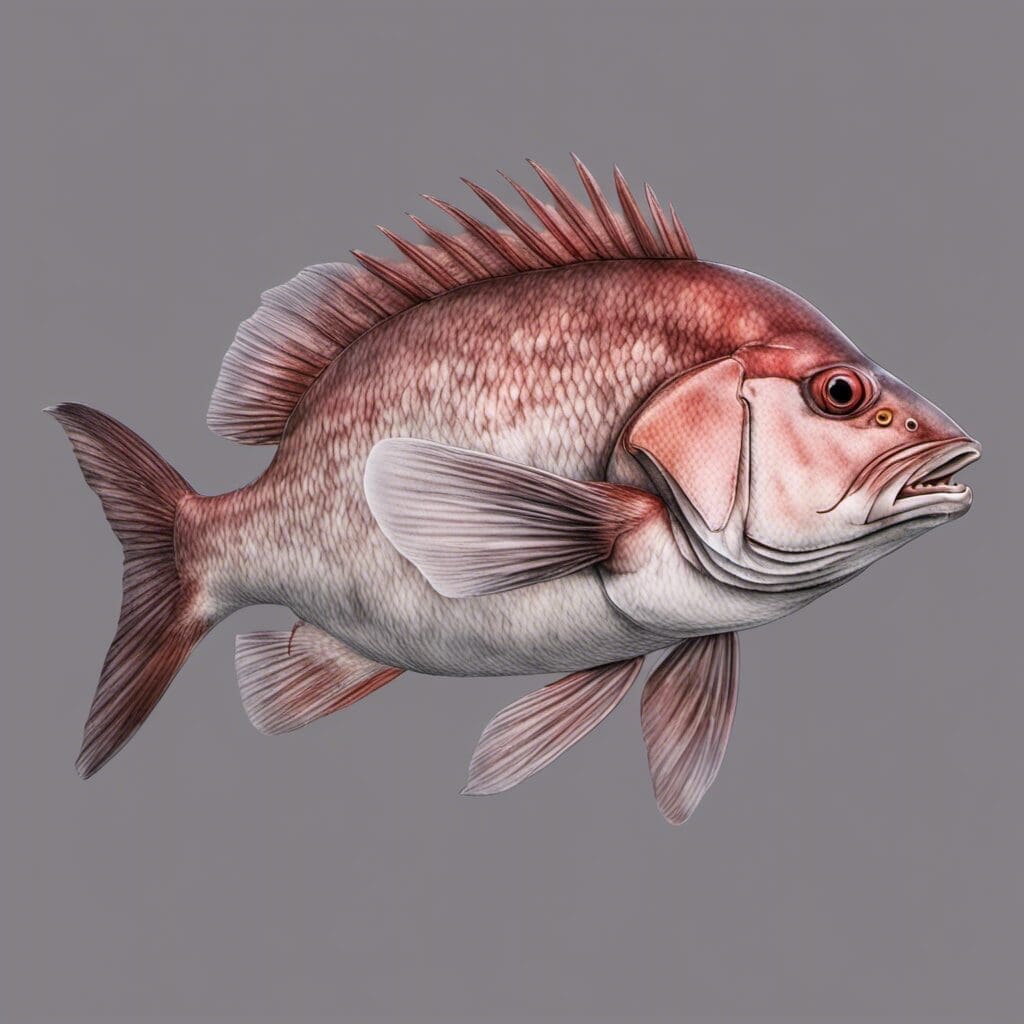Introduction
The Mutton Snapper is scientifically known as Lutjanus analis. It belongs to the Lutjanidae family, famously known as the snappers due to their sharp teeth and robust jaws.
Conservation Status
The current status of the Mutton Snapper is listed as Vulnerable on the IUCN Red List. Conservation efforts have been launched in many areas, especially along the East Coast of the United States, to protect their spawning aggregations and maintain sustainable populations.
Statistics
| Statistic | Average | Range |
|---|---|---|
| Length | 17 inches | 12 – 32 inches |
| Weight | 15 pounds | 2 - 30 pounds |
| Life Expectancy | 30 years | – |
Distribution
Mutton Snappers are found in various regions and countries in the western Atlantic from Massachusetts to Brazil, including the Caribbean Sea and Gulf of Mexico. They are highly migratory fish, known to migrate for spawning in the warmer months from April through August.
Habitats
The Mutton Snapper’s habitat is typically in clear, warm, coastal waters. The juveniles prefer mangrove areas and seagrass beds before moving to coral reefs and ledges as adults. They can be found at depths ranging from 25 to 90 m with a water temperature range of 25 - 28°C.
When and Where to See
While Mutton Snappers are present all year round, they are most abundant in the warmer months, when they migrate to spawn. Best time to sight these fish is early in the morning or late in the evening.
Best Fishing Locations and Tips
- Florida Keys, Florida
- Chesapeake Bay, Virginia
- Crystal River, Florida
- Amelia Island, Florida
- Padre Island, Texas
- Corpus Christi, Texas
Fishing Tips
Looking for a reef or underwater structure is a good strategy when fishing for Mutton Snappers. They are also attracted to light sources, so a small underwater light can be used to attract them.
How to Catch
The preferred baits for Mutton Snapper include shrimp, squid, and small fish. The best fishing techniques include bottom fishing and drifting. The best time of day for fishing is early morning or late evening when they are most active.
Identification Guide
Mutton Snappers are easily identifiable by their sleek, oblong shape, olive green color on the back, silver sides, and a distinctive black spot on the upper part of their body. They also have a blue line under the eye, and sharp, triangular teeth.
Culinary
Mutton Snapper is highly prized for its mild, sweet flavor and firm, lean flesh. It’s perfect for grilling, baking, frying, or sautéing.
Nutritional Information
A 3 oz. serving of cooked Mutton Snapper has:
- Calories: 120
- Protein: 23g
- Fat: 1.5g
- Cholesterol: 40mg
Behavior
Mutton Snappers are voracious carnivores and feed on a variety of fish and invertebrates. They display unique mating rituals where large groups gather to spawn, usually on a full moon.
Predators and Threats
Young Mutton Snapper fall prey to various species including larger fish, birds, and even turtles. The main human-induced threat is overfishing, in commercial as well as recreational sectors.
Cultural/ Historical Significance
Mutton Snappers are highly valued in Caribbean cultures for their culinary use and are often featured in island folklore.
References and Further Reading
The Florida Museum of Natural History provides a comprehensive guide to Mutton Snapper. The Fish Base database has additional information about the species.

